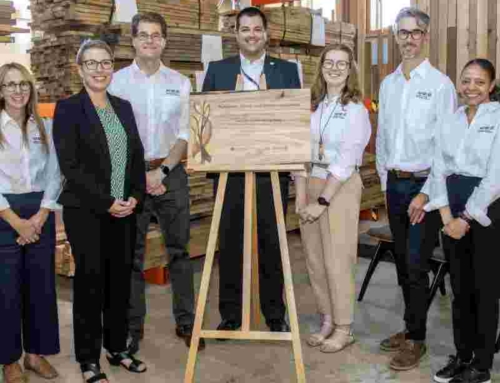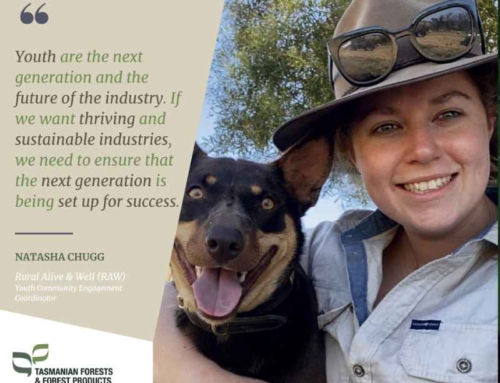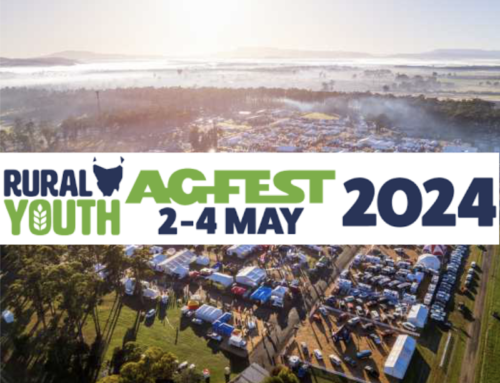Good data to support good decisions
It’s no surprise that the forest industry needs robust data to enable it to design and maintain workforce development initiatives and support industry growth and prosperity.
This is clearly highlighted in the Forest Industry Workforce Development and Implementation Plan which both hammers home the importance of collecting quality data and identifies this as a key activity for TFFPN.
Data is becoming increasingly important for other industries undertaking workforce development, too.
Keystone Tasmania have developed an industry labour market analysis tool that brings together data from the Australian Bureau of Statistics, Tasmanian Government, industry associations and businesses directly, to provide valuable information on upcoming projects, labour market implications and occupation outlooks for the sector. This platform will be central to workforce development and diversity activities in the building and construction sector.
Collecting, analysing and using data in workforce development is complex and requires expertise. How can data be collected? What data is already available? How often do we need to collect it? What information do we need? What are other industries doing in the data collection space? How can we make the data accessible to everyone?
This article details two simple groupings in which data can be categorised:
Internal Demand Data:
What are the current and future workforce needs of a business or an industry? What are the characteristics of the workforce, and what are the types of jobs and skills needed?
This information can be collected through qualitative and quantitative methods including surveys and using data from organisational human resource systems.
External Supply Data:
What does the current labour market look like? What are the future predictions?
Collecting, analysing and understanding labour market and other data is critical to identify external factors that could influence future labour supply. The Reserve Bank of Australia uses the Groups in the Labour Market diagram below to show explain how market indicators are calculated using data from the ABS Labour Force Survey Data.
- Labour Force (employed + unemployed people)
- The Unemployment Rate (% people in labour force that are unemployed)
- The Participation Rate (% people in the working age population that are in the labour force.)
Labour Market Insights researches and analyses employment dynamics across groups, industries, occupations, and regions. The Labour Market Dashboard for Tasmania provides a summary of the key indicators for Tasmania as of 24 March 2022. This includes an unemployment rate of 3.9%, a youth unemployment rate of 9.8% and a participation rate of 61%.
Treasury and Finance Tasmania also provides detailed analysis of the Labour Force and in the March 2022 Labour Force release notes that the gap Tasmanian participation rate is 5.5% lower than the National rate.
To realise the 2050 Vision of growing a sustainable, innovative forest industry that delivers genuine social, economic and environmental benefits for all Tasmanians—one which enjoys the support of the community—will require a sustainable workforce. Therefore, it is critical that initiatives supporting this workforce are informed by robust data.

















